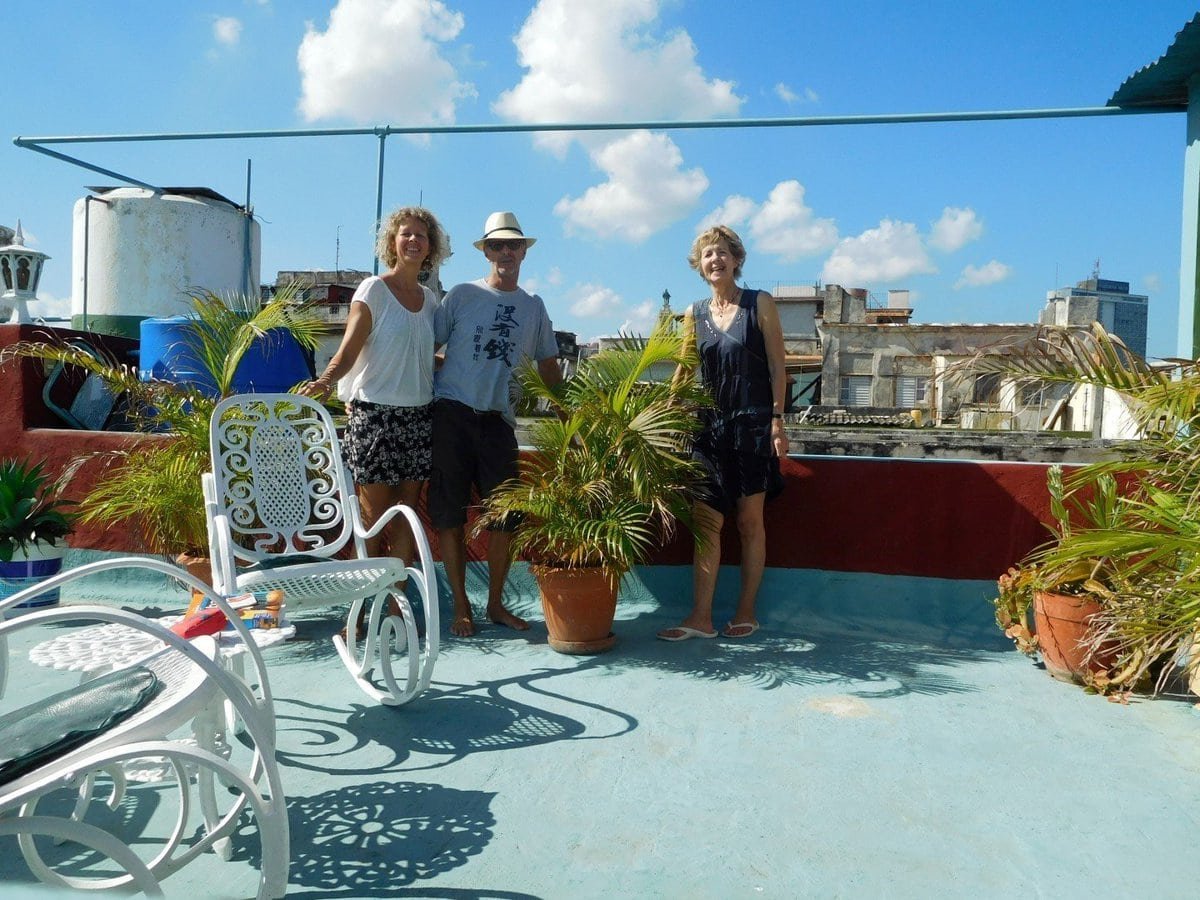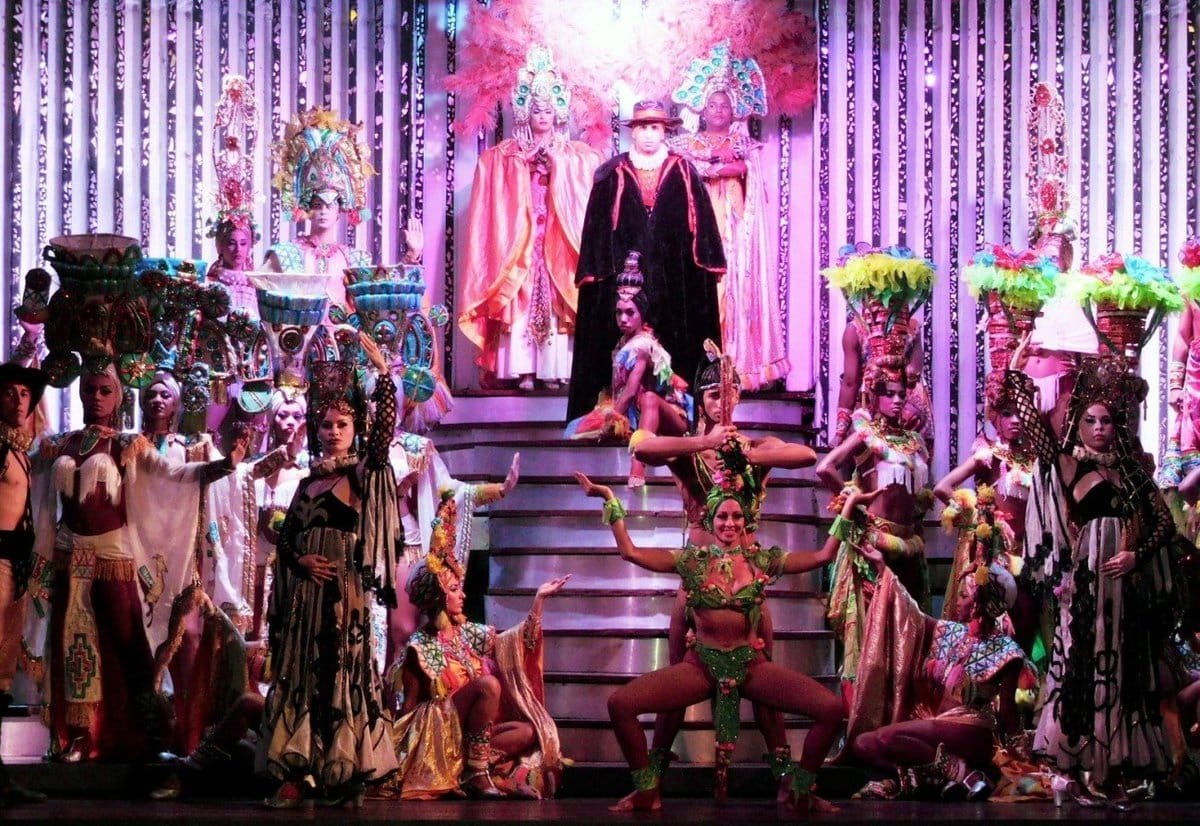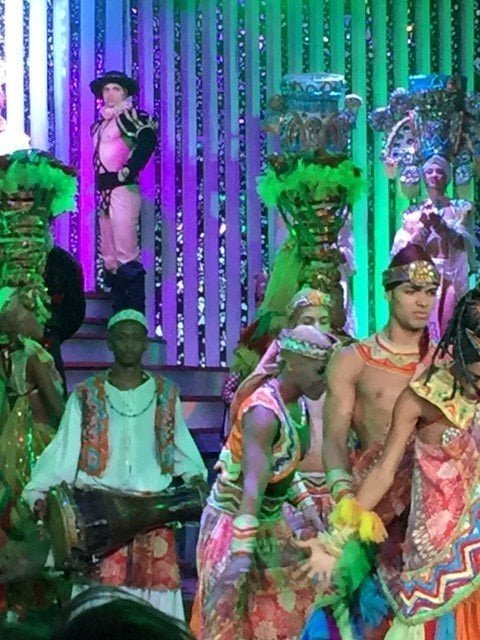A visit to Havana would fall short without stepping back in time at “Hotel Nacional” in Vedado, the newer part of town. Money here doesn’t seem as scarce as in central Havana, it was once the playground of many wealthy Americans who came to drink Champagne and smoke cigars in the days before the revolution.

Back then Hotel National was made famous by the so called “rat-pack” who were regular visitors to Cuba and included Frank Sinatra and Dean Martin, other less glamorous was Luky Luciano and his gang. etc. It all came to an end with “La Revolucion” but not the Parisien show that’s still held nightly at the hotel’s cabaret.
The hotel, which like everything, is state run prides itself as the top hotel in Havana though somewhat tired and run-down but the cabaret must be seen to be believed, the same should be said about Malene’s jaw as it dropped at the opening scene. This is but a taste.
Music and dancing are part of life and could well be Cuba’s biggest attraction, we have not yet been down a street without passing a window blaring out Salsa or Rumba tunes, from what I can make-out these are the two main types of music in Cuba but there are many variations as well.
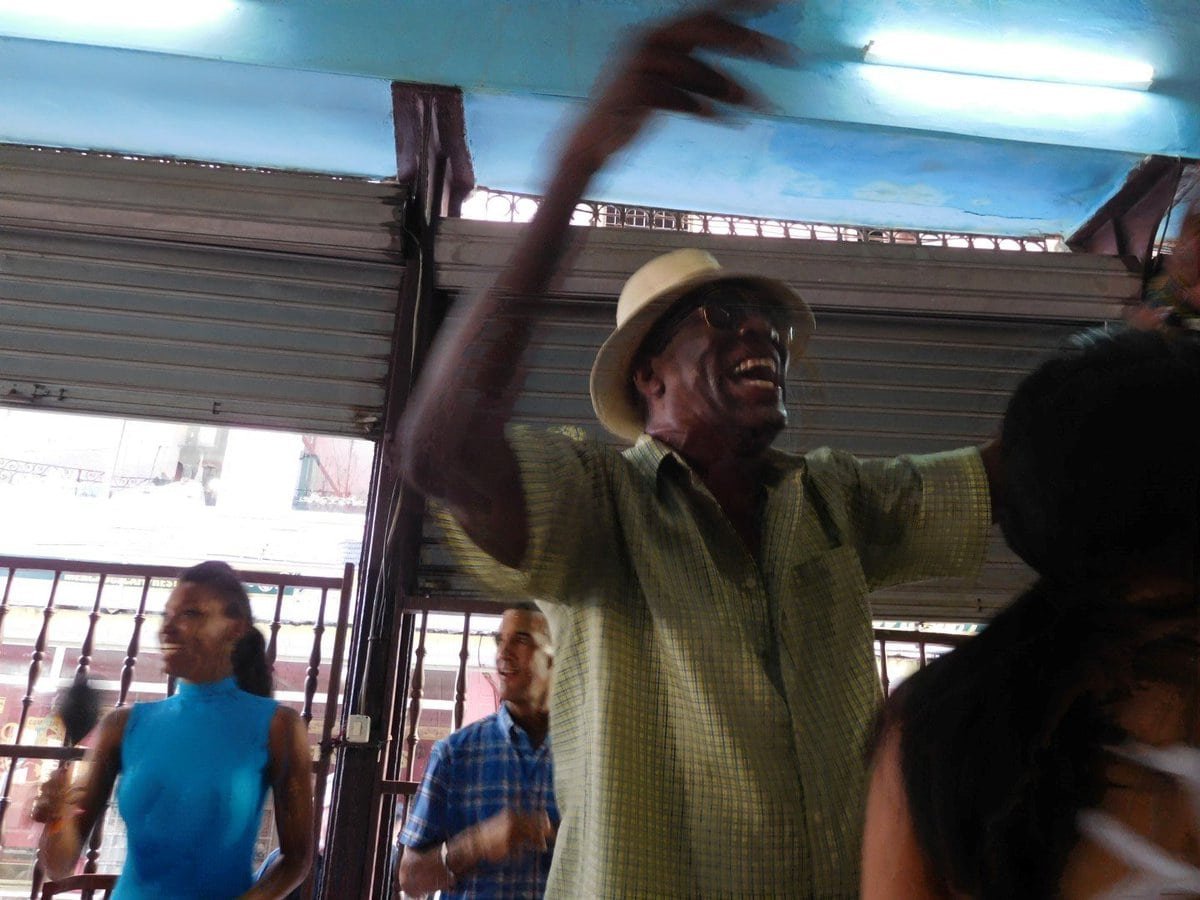
The term Salsa covers a range of styles, but that is where it gets complicated. It grew out of the early slave beats and refined believe it or not in the US by Cuban immigrants. It has a Cuban-Caribbean sound compared to Rumba, which sounds more African. Cuban sounds became a household name in the west when they were introduced by the movie about the Buena Vista Social Club in the early 2000s. It didn’t take us long to fall in love with the Salsa rhythm and we are now working on our dance moves to prove it.
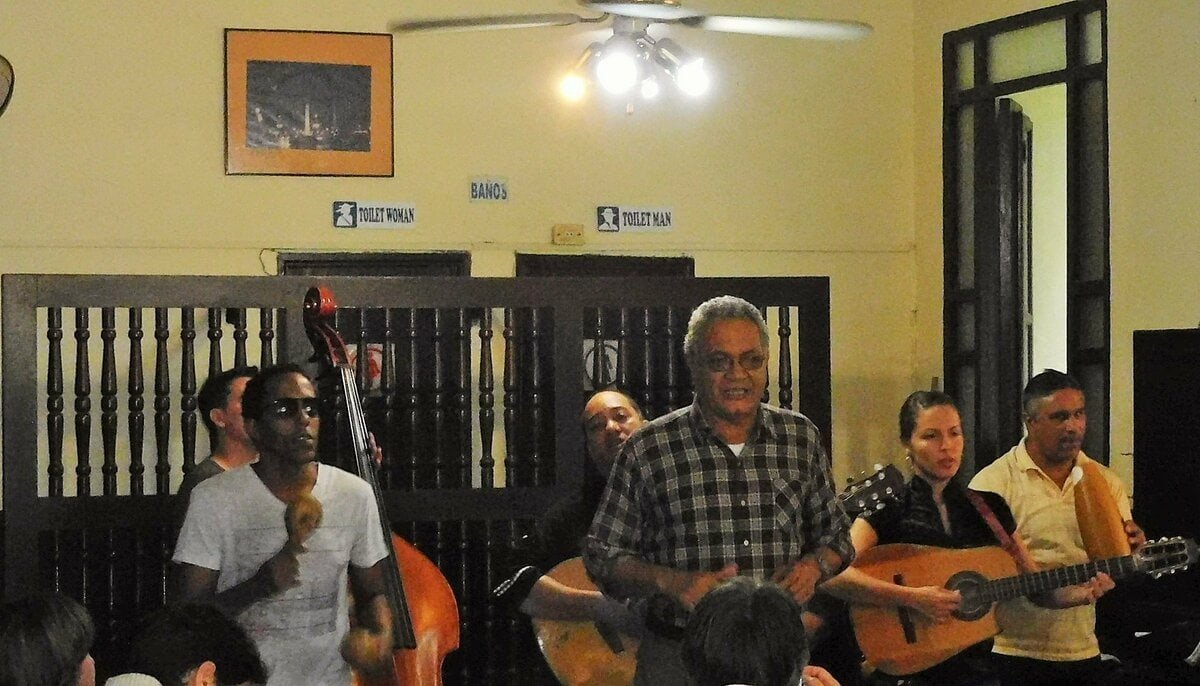
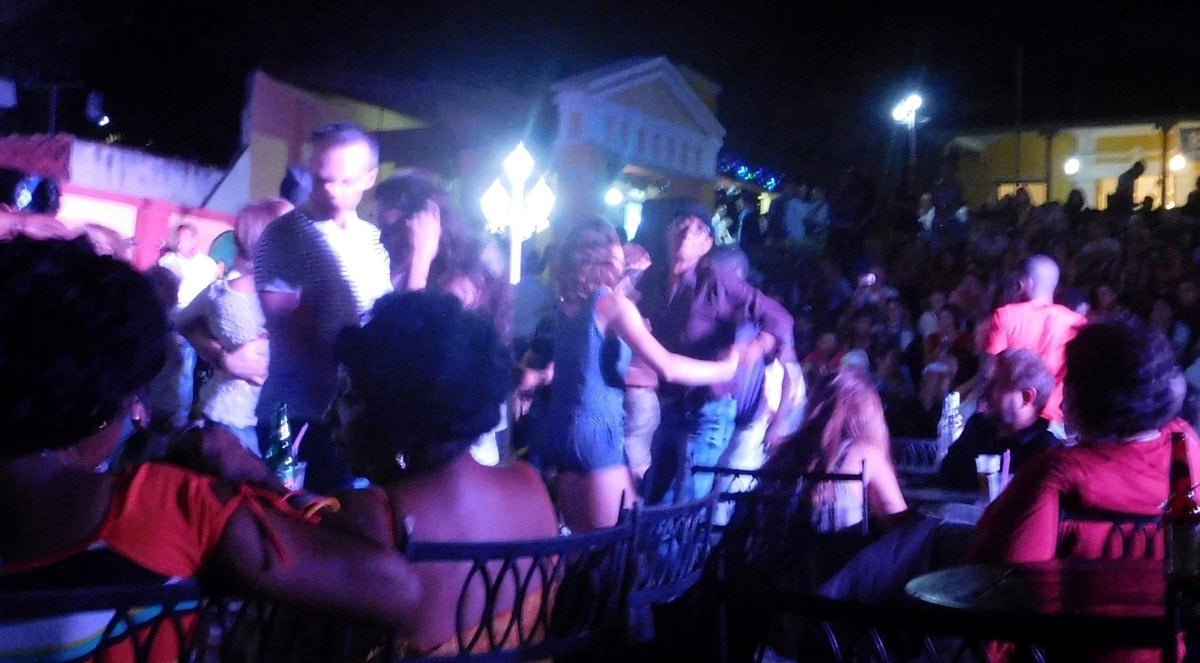
Rumba, also a broad term, is a drum, bongo or other percussion based rhythm with its roots in African music from where many Cubans descend, no thanks to the slave trade. Rumba is sung not in Spanish but in a traditional African Cuba dialect.
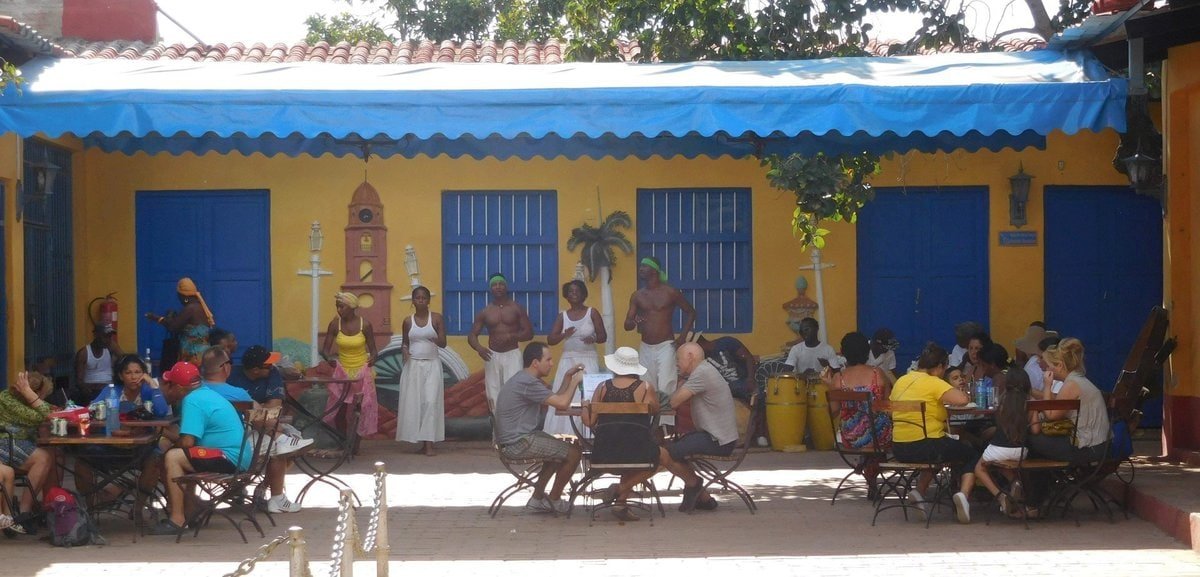

When we first arrived we were drawn into a few Salsa bars by street hustlers and have been to a few more since. Each time the music makes my feet want to move involuntarily in time to the beat, for those in the know my dance moves can be awesome but probably need professional help to make the whole thing come together.
I hate to say this but our dancing fell short, more like plopped, when compared to the many professionals on the dance floor. Getting up there takes guts! To avoid any serious embarrassment and humiliating deportation we’ve enrolled into Salsa classes hoping to learn some fancy moves. We will see.


Music and religion go together in Cuba and although most are Catholic Christians many Cubans practice Santeria which blends worshiping Christian saints with African beliefs and values. It’s not uncommon to see a headless chicken or parts-of in front of homes in Concordia street, this is mostly after small ceremonies which involve sacrificing chucks plus other sprinklings to the gods.
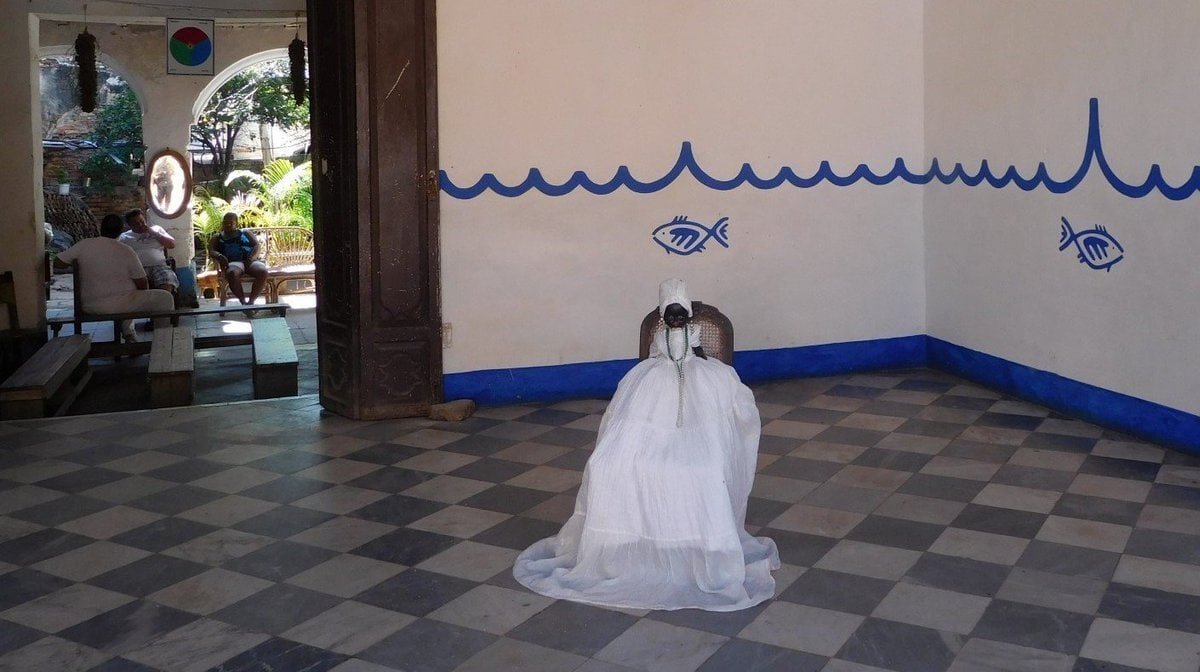
New converts to Santeria dress all-white for a year, it’s surprising how many people from all walks of life can be seen daily dressed immaculately in white with white lace and bonnets for ladies, all going about their normal work.

As a foreigner it’s hard to get inside the world of the average Cubanos, especially trying to understand their working or non-working life. Cuba still has a communist system the same as in the old Soviet Union. All enterprise was state run until recently, now the state permits some free enterprise so at to attract the tourist dollar. Selected homes can apply to become “Casa Particular” guest houses and other homes are permitted to operate as “Paladar” restaurants.
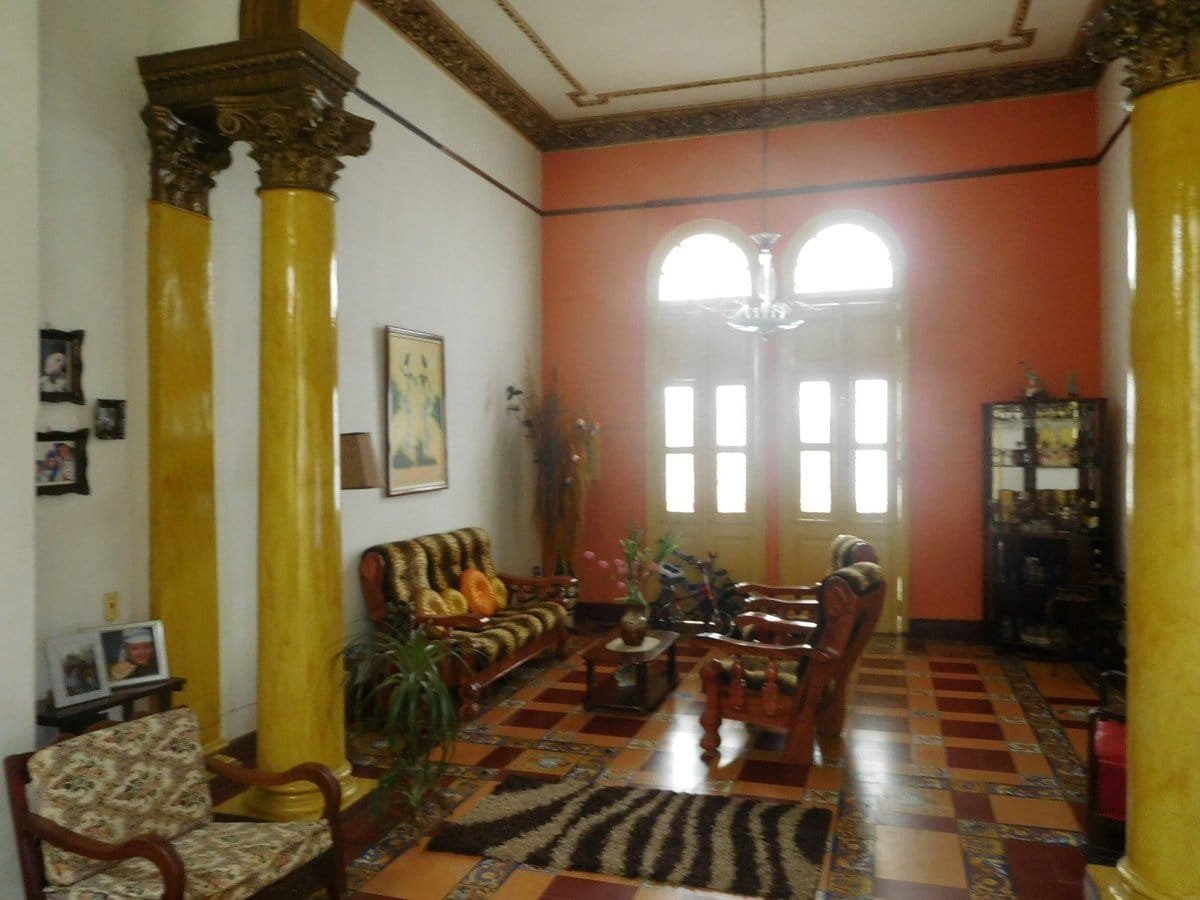
Services have improved but are still a far cry from what we are use to in the west although Havana has some cool places. There is no such thing as a supermarket and the state run grocery stores are filled 80% with rum and liquor and 20% mayonnaise, some tinned veggies and that’s about it. It’s the same at the freeway service-stations which only sell petrol and $3 bottles of rum. Seeing long lines for some of the basics like bread, rice and eggs is a common sight too. Shopping for food is a time consuming business in Cuba!
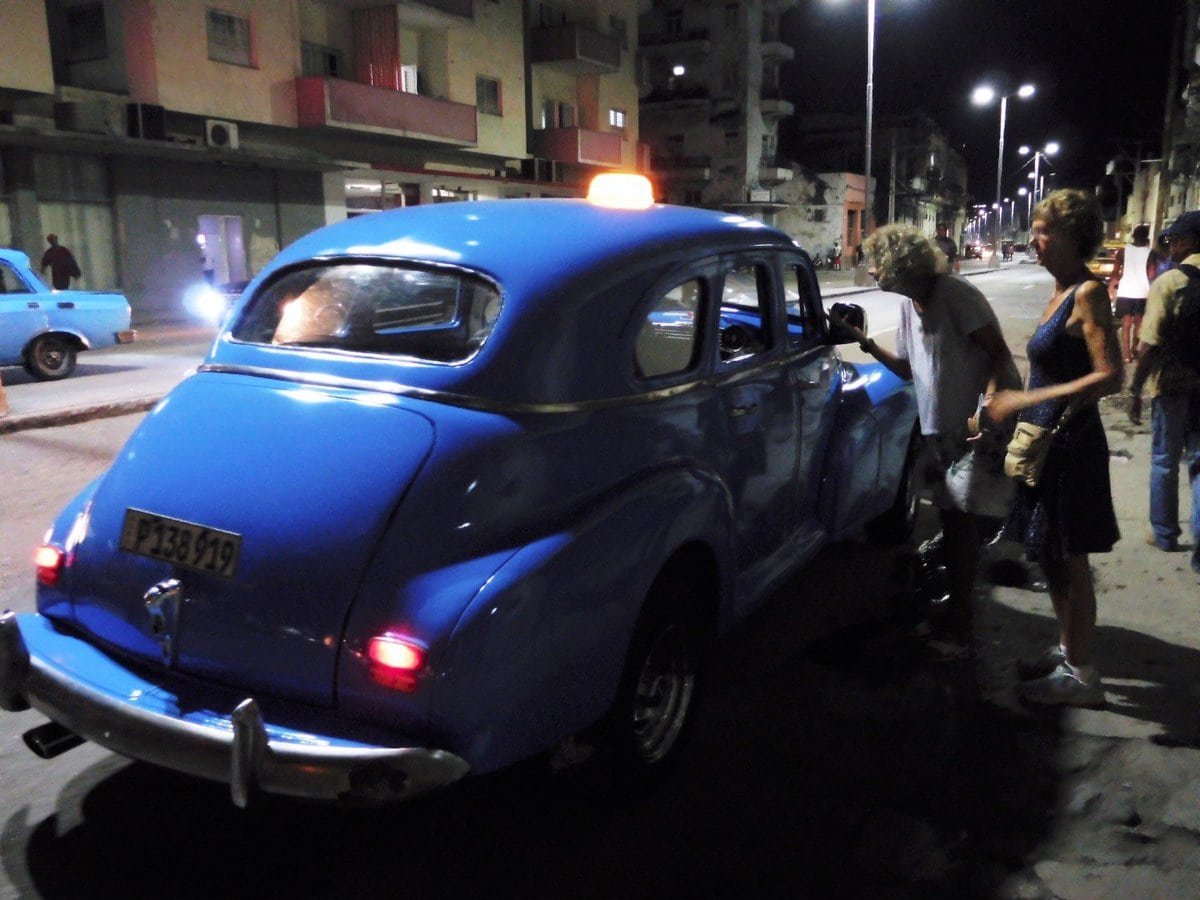
Cuba uses two currencies the CUC also known as “convertible notes” (1CUC is equal to $1) which is used by the tourist industry and the CUP or “local peso” which is used by the locals (1CUC = 25CUP). It’s as if there are two economies driving the country, tourism on “cuc” with its shops and restaurants and the local economy with its state stores using “cup”.
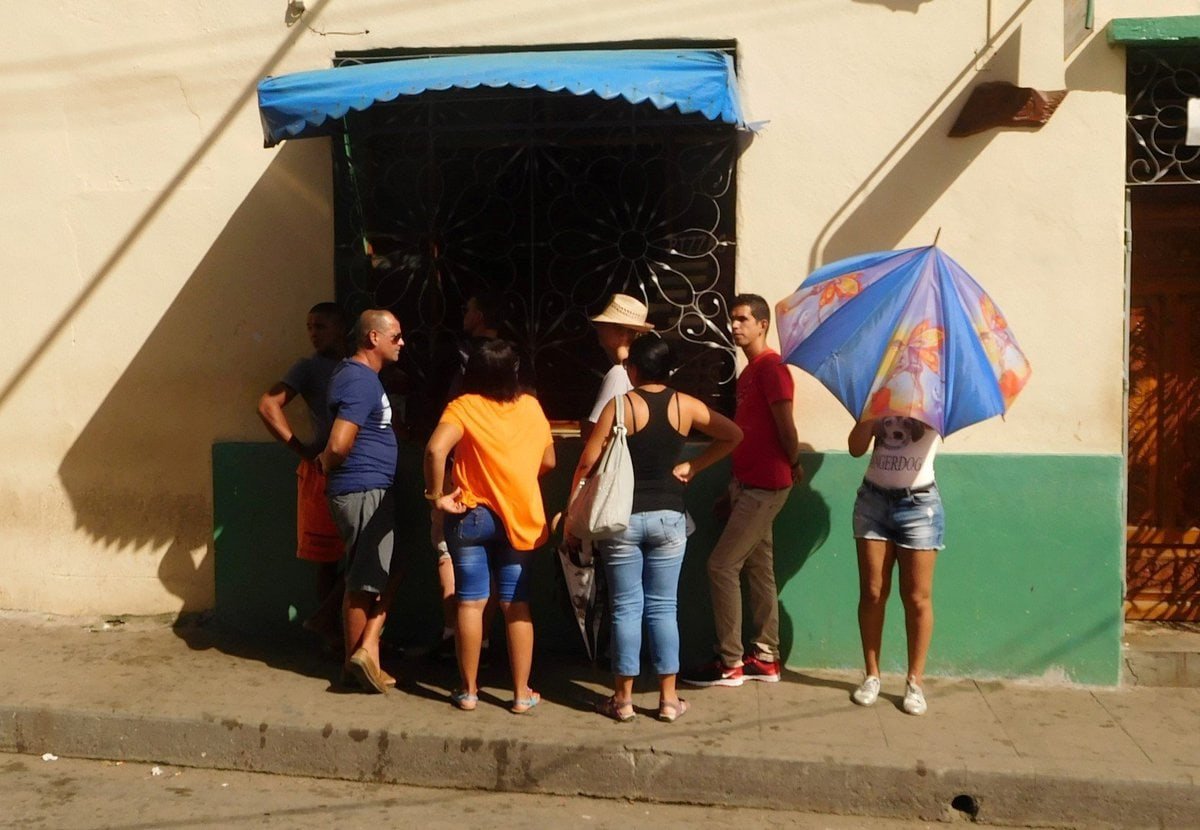
For most Cubanos cuc establishments are out of reach, but some every-day snack food can cost the same in “cup” as they do in “cuc”; for example, the same small pizza can be 6cuc ($6) in a tourist pizzeria or 6cup ($0.25) at a local hole in the wall, finding them makes the cost of a sandwich or pizza much more affordable.
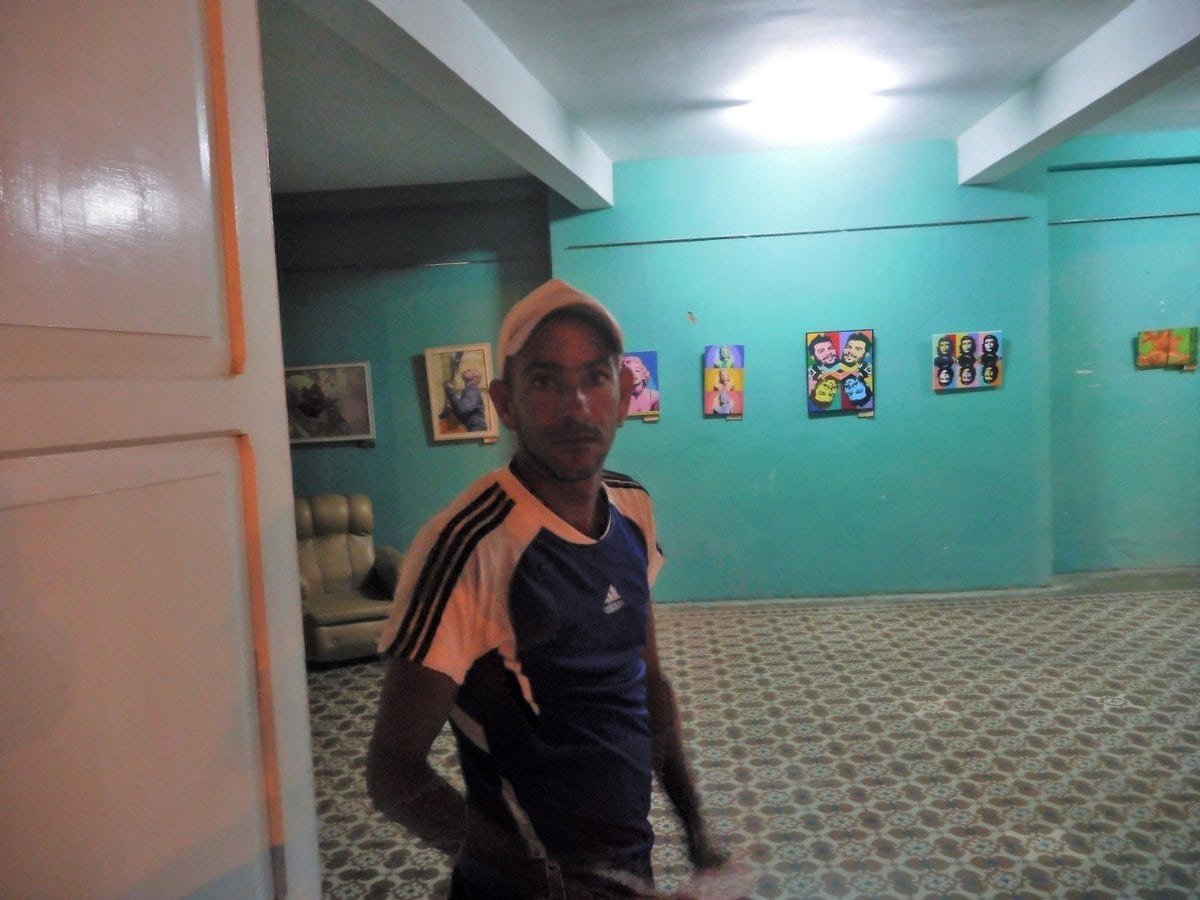
I suspect that many “package tourists” would never come in contact with the local currency the “cup” and possibly be unaware of its existence. As 1cuc can equal a day’s wage for an average Cubano it drives many to ask or hustle for money. Unfortunately checking your change carefully is also a must because low wages keep work ethic and service painfully low.
Cuba is not cheap when you take into account the quality and service you get, you will also be short changed at every turn, but that’s all part of the whole experience. It is fascinating but draining and if you are not prepared to battle then the alternative is to increase your Cuba travel budget by about 30%.The upside is that with money you can put yourself “out there” and many interesting and fun opportunities will await you. Love it one minute, hate it the next, it’s Cuba.
